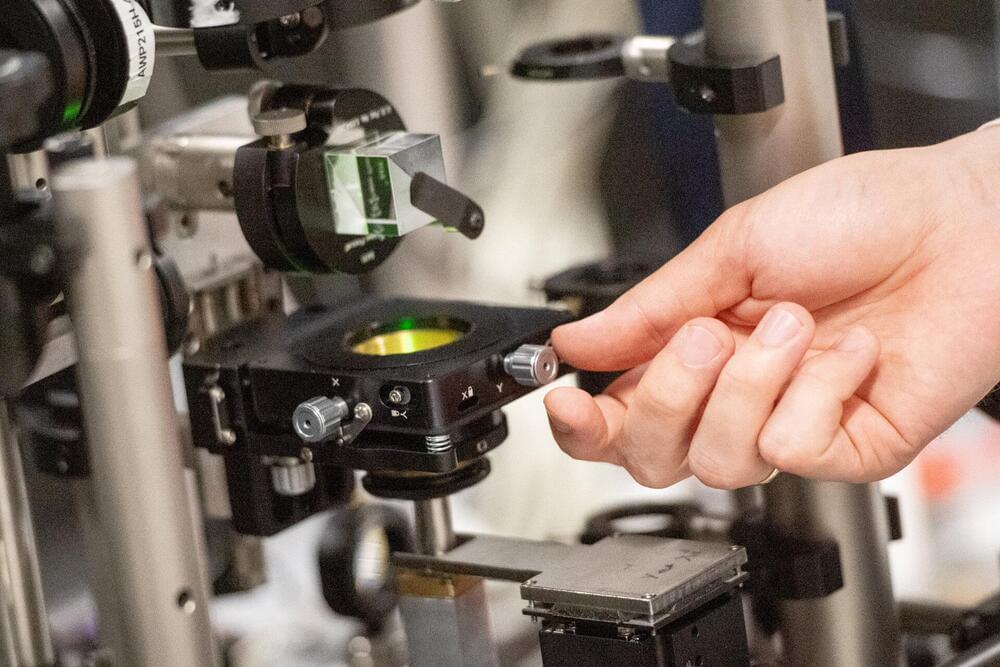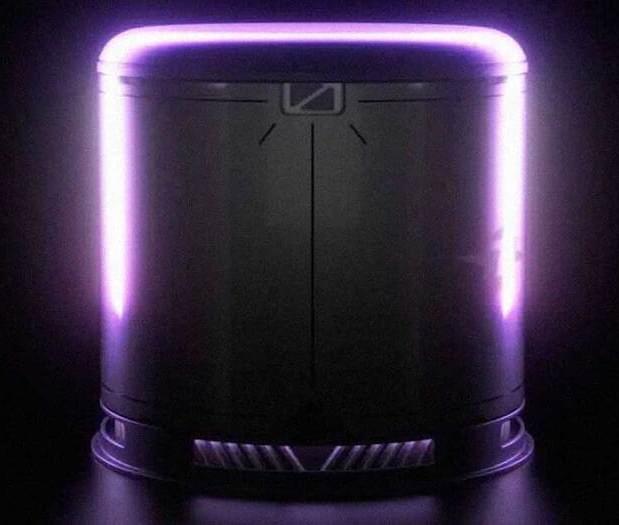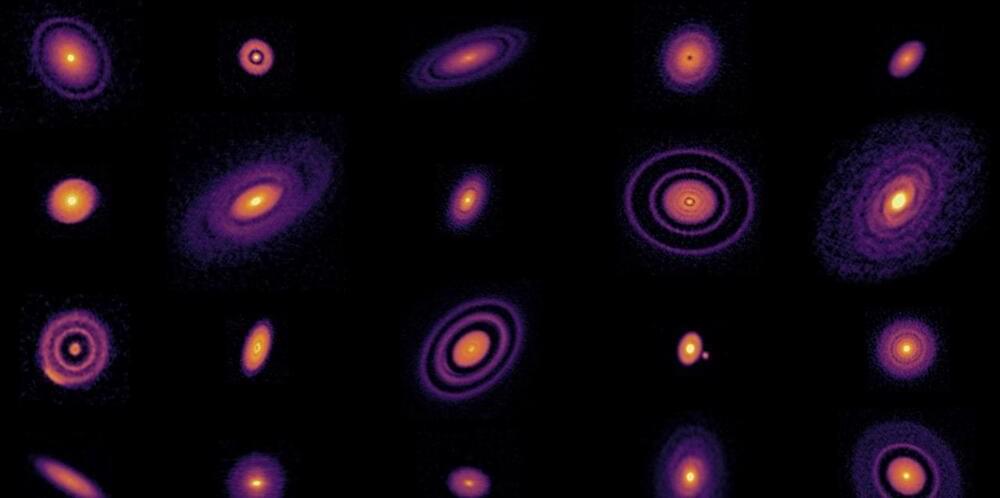Earthly space travelers have been trying to perfect orbital botany for a while now. Stable, sustainable off world agricultural practices are needed to make longer term exploration missions possible, and though the International Space Station (ISS) has seen a few successful low-orbit gardening endeavors, all have used some sort of soil or soil-replacing growth media.
Now, thanks to NASA Flight Engineer Jessica Watkins, that could be starting to change. According to a NASA blog published last week, Watkins has begun to harvest radishes and mizuna greens aboard the ISS — grown without any soil whatsoever.
Growing any edible plants in space is always exciting, but using dirt-like growth materials presents potential resource, mess, and sanitation problems. And that’s why Watkins’ triumphant soilless crop could be a thrilling step towards a new age of interstellar discovery.









